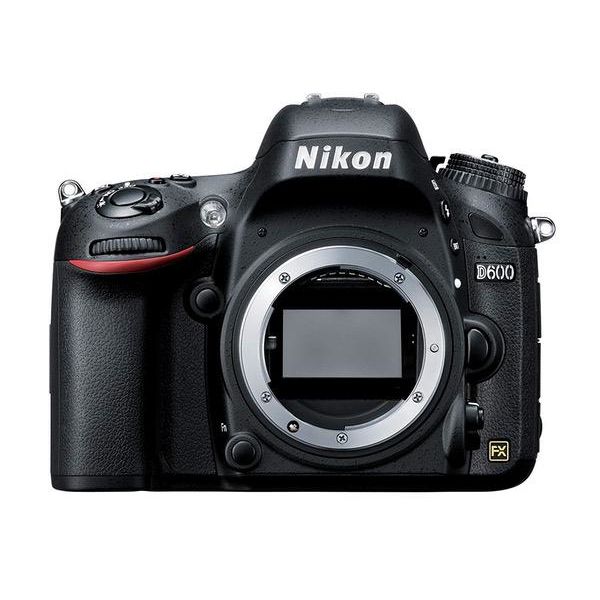Lydia Royce
This fits your .
| CODE | Style | Availability | Price | ||
|---|---|---|---|---|---|

|
B00CP7FDLW
|
In stock
|
Contact us for a price | ||

|
B009RVNAX2
|
In stock
|
Contact us for a price | ||

|
B0099XHB4M
|
In stock
|
Contact us for a price | ||

|
B0099XGZXA
|
In stock
|
$75960 |
Style
28-300mm Lens Bundle













